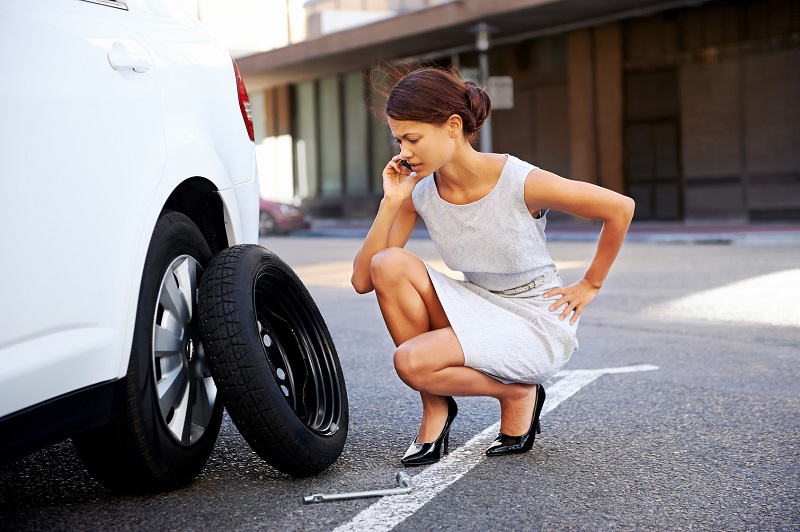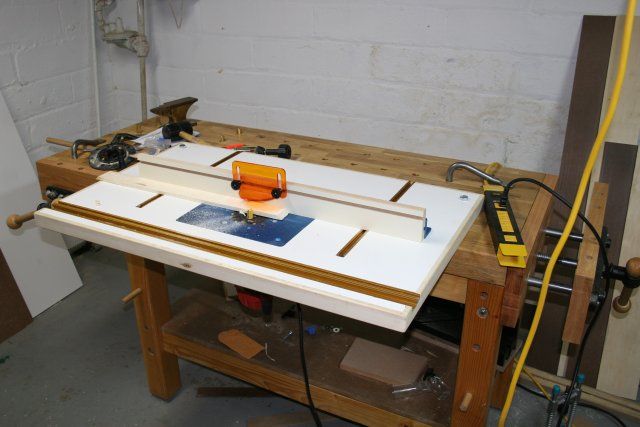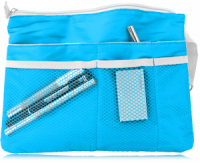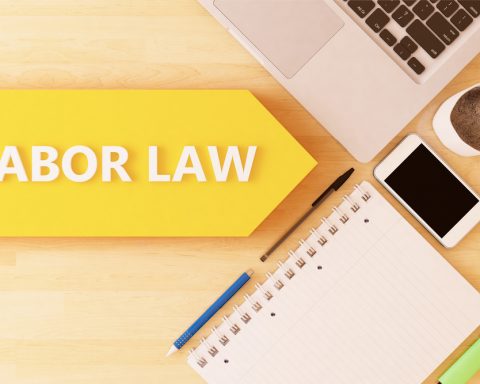It doesn’t require “rocket science” to care for your tires. Indeed, the process is so easy, that you will only need to spend five to 10 minutes each month taking care of them. Still, tires are often the most overlooked part of car maintenance. Here’s what you can do to promote tire care and to advance car safety.
1. Visit your owner’s manual. Your owner’s manual — typically found in your glove box — provides useful information about your car. Tire care tips and instructions are also included and should be followed. Make yourself familiar with your owner’s manual for all of your car care needs.
2. Recommended tire pressure. It is the vehicle manufacturer that determines tire pressure levels, not the tire manufacturer. The proper inflation level for your tires is listed on a placard posted to the inside door jam of the driver’s door. It might also be found on the inside of the glove box. When inflating your tires, only inflate them when they are cold, otherwise you will get an incorrect reading. Driving more than a mile can give you a false reading. That is why many people keep their tire inflation equipment at home.
3. Wheel alignments may be necessary. If you hit a pot hole or a curb, your front end may go out of alignment. Misaligned tires wear unevenly and can also be a safety hazard. Here, you will want to keep your tires aligned by having an alignment conducted every so often — usually once per year explains Mavis Tire.
4. Tire rotation and your car. Your manufacturer has a recommended tire rotation schedule, typically once every 6,000 miles and definitely at least once per year. Regular tire rotations can distribute wear more evenly, keeping you safe and extending the life of your tires. You might plan a tire rotation and a wheel alignment to occur at the same time, saving you money.
5. Check wear patterns. Besides performing each of the aforementioned tasks, you also should check tire wear patterns for anything unusual. Tires may be subject to any number of conditions that result in center or edge wear, side or toe wear, cupping and flat spots. Each condition can cause tire failure or at least premature tire wear. Work with your mechanic to identify these problems.
Wear Diagnosis
Looking closer at the issues identified in the fifth point, there are steps you can take to solve these problems.
If center wear is evident, the cause is over inflation. You can solve this problem by adjusting the tire pressure. Edge wear is the result of under inflation. Again, you can solve this problem through proper tire inflation.
Side wear is a result of a loss of camber or carrying heavy loads. Only carry as much weight as the payload states.
Toe wear is a result of an incorrect toe-in. You can fix this at alignment. Cupping comes from out-of-balance tires, a problem that can be resolved rebalancing your tires. And flat spots occur because of a bad habit of yours — sudden stops. You may need to adjust your brakes to solve this problem.
Tire Care
Keep at a tire maintenance schedule and you will extend the life of your tires. You will save yourself money and also ensure that your car is properly cared for. Remember, tires are the only thing that separate your car from the road, therefore proper tire care is essential for safety.
And when it comes time to replace your tires, talk with your dealer about your options. You may discover that it is cheaper to buy four new tires or five tires when a spare is considered. Weigh your options, including warranties and service schedules when shopping for tires.








